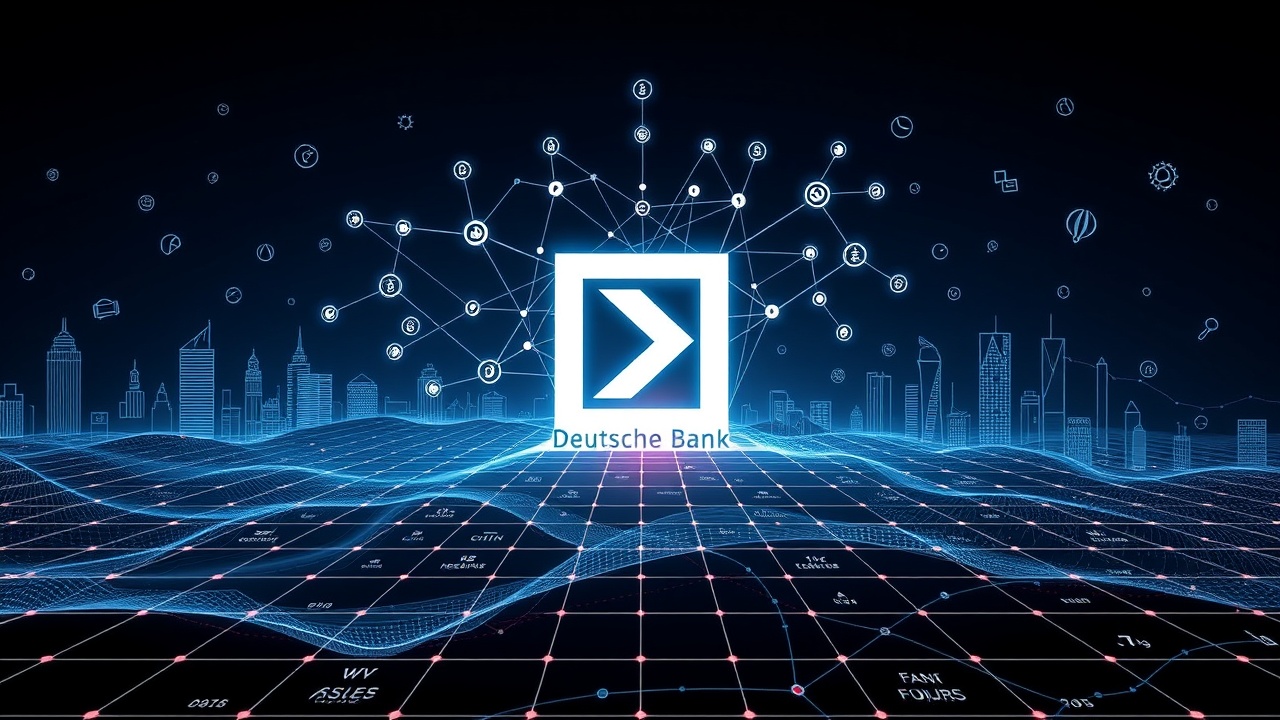Introduction to DAMA 2
On June 17, Deutsche Bank, in collaboration with Memento Blockchain and Interop Labs, revealed a litepaper introducing a new platform called Digital Asset Management Access 2 (DAMA 2). This innovative tokenization framework is specifically designed to function on public blockchains, enabling the generation of regulated investment vehicles.
Framework and Structure
The DAMA 2 framework is structured around three distinct layers:
- Settlement Layer: At its core, the Ethereum blockchain will serve as the settlement layer.
- Processing Layer: Transactions will be processed through a zero-knowledge rollup solution developed by Memento Blockchain, ensuring privacy and security.
- Application Layer: A user-friendly application layer will provide access to a library of pre-built smart contract templates, greatly simplifying the product launch process for issuers.
Blockchain-as-a-Service and Cross-Chain Compatibility
Positioned as a Blockchain-as-a-Service offering, DAMA 2 aims to allow entities to deploy their financial products without the complexity of assembling technical development teams. Furthermore, to support seamless cross-chain interactions, DAMA 2 will leverage Axelar Network’s Interchain Token Service, which promises compatibility with over 70 blockchain networks. This multichain strategy will grant issuers a cohesive dashboard for managing token activities such as minting, locking, or burning across various platforms while maintaining fungibility.
Regulatory Compliance and Security Features
This initiative builds upon Deutsche Bank’s prior efforts, as first noted on December 17 of the previous year, to resolve the regulatory hurdles faced by public blockchain applications. By utilizing ZKsync technology, they aim to enhance operational efficiency while reducing costs.
Boon-Hiong Chan, who leads innovation and technology advocacy for Deutsche Bank in the securities sector, emphasized how DAMA 2 illustrates the progress public blockchains have made in becoming viable for institutional finance. He highlighted that adopting familiar processes with minimal learning curves will be crucial for broad acceptance of the platform.
Privacy and Compliance Capabilities
The litepaper elaborates on the platform’s compliance capabilities, including tools for regulatory compliance, on-chain registries for investors, and features for expense management. Privacy measures will rely on allowlisted wallets and private RPC endpoints to enhance safety, while Axelar’s design can ensure isolated management of any potentially compromised blockchain.
Industry Perspectives
Sergey Gorbunov, co-founder of Axelar, remarked that DAMA 2 offers a compliant approach for institutions to safely navigate the digital asset realm while scaling across multiple blockchain environments. He pointed out that issues like vendor fragmentation and isolated liquidity remain significant obstacles for the industry.
Settlement finality in DAMA 2 will link back to proofs from the Ethereum blockchain, with legal agreements designed to clarify transfer points within layer-2 networks. Nicola Lanteri, CEO of Memento Blockchain, elaborated on the expectational features of the Memento ZK Chain, which aims to combine a permissioned sequencer with zero-knowledge proofs, ensuring institutions can maintain predictable control without sacrificing the accessibility offered by public blockchains.
Economic Opportunities and Future Outlook
Projected economic opportunities are substantial; the litepaper notes that asset managers may access an estimated $84 trillion in intergenerational wealth transfers by 2045, according to Cerulli Associates. In this context, DAMA 2 is being framed as a strategic tool to connect with a new generation of digital-native investors. The partners anticipate launching a minimum viable product in the latter half of 2025, although a precise date remains unconfirmed.




